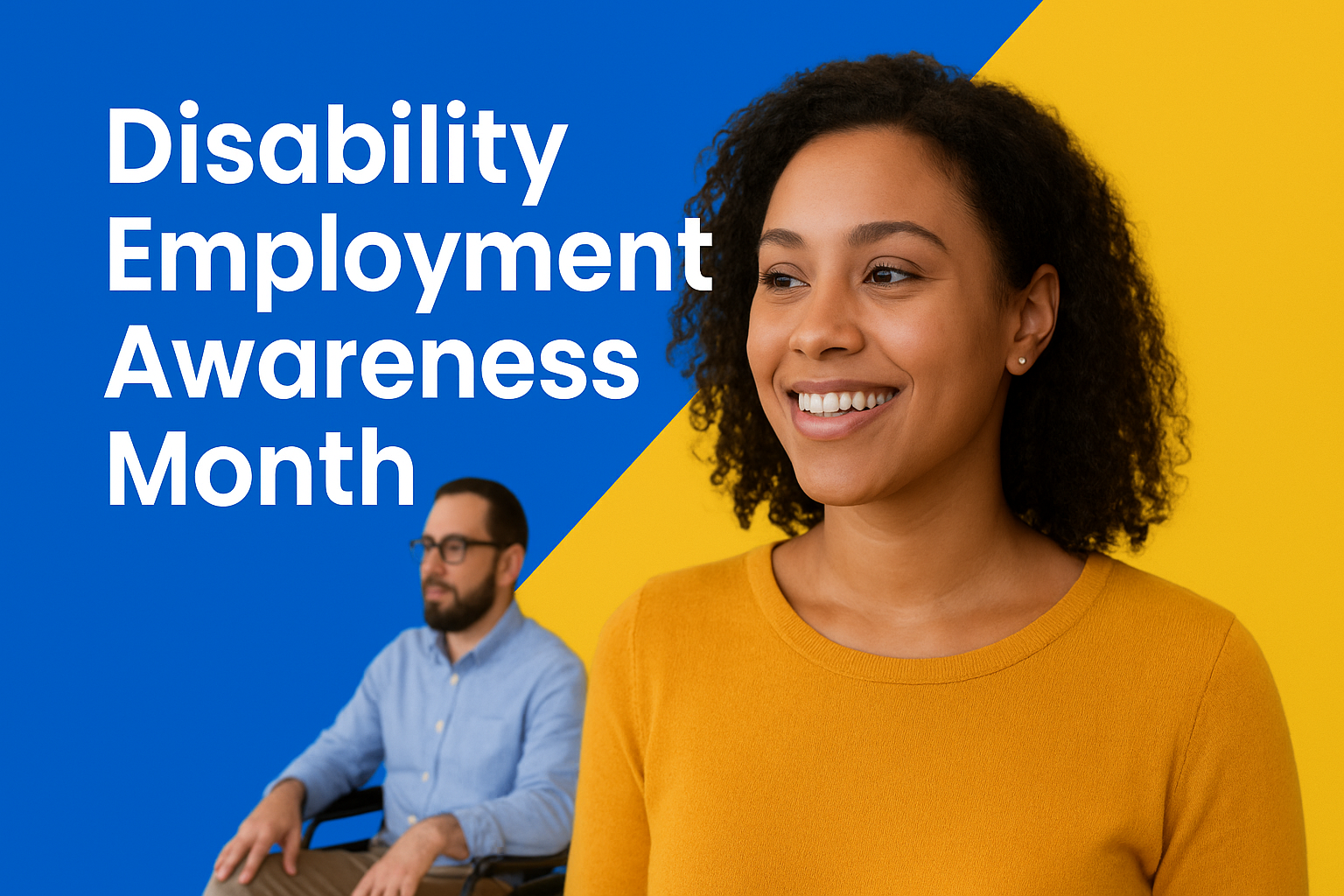The Secret Weapon Your Website is Missing– An Accessibility Statement
Date Published: Aug 9, 2025
Date Modified: Aug 9, 2025
Missing an accessibility statement signals a lack of commitment, increasing the risk of legal action and regulatory penalties.
What is accessibility statement? What information does it contain?
An accessibility statement is a public document that outlines an organization's commitment to digital accessibility and how they are addressing the needs of people with disabilities. It details the organization's efforts to make its products, services and content accessible. It may also include information about policies, goals and progress related to accessibility. Accessibility statements are important for demonstrating inclusivity, providing information to users and sometimes are legally required.
Key elements of an accessibility statement:
- Accessibility Level:Clearly state whether the website or app is fully, partially, or not compliant with accessibility standards.
- Inaccessible Content:Explain any parts of the website or app that are not accessible and the reasons for their inaccessibility, including any accessible alternatives.
- Feedback Mechanism:Provide a clear way for users to report accessibility issues and request assistance.
- Redress Mechanism:If applicable, include information about how users can file complaints or seek redress for accessibility issues.
- Contact Information:Provide contact details for users to reach out with accessibility-related questions or concerns.

What if a website doesn't have accessibility statement?
- Legal Vulnerability: Many accessibility laws (like the EU Directive, AODA and Section 508) require an accessibility statement. Absence may result in non-compliance fines, especially in Europe and Canada.
- Increased Lawsuit Risk: Lack of a statement may indicate to watchdogs and attorneys that the site hasn’t considered accessibility seriously. This can make the site a target for ADA lawsuits or demand letters.
- Loss of User Trust: Disabled users may feel unwelcome or excluded without a statement showing intent to support them. Also, damages brand image and perceived inclusivity.
- Lost Business Opportunities: Government and large organizations often require partners/vendors to demonstrate accessibility readiness.
No statement = missed contracts or tenders
- Missed Feedback Loop: Statements often include a way for users to report accessibility issues. Without it, you miss early warning signs.
- Non-alignment with W.C.A.G. 3.0 expectations: Future standards will emphasize transparency and documentation. Lack of a statement puts you behind the curve.
Does it violet any W.C.A.G. rules?
Not directly, but missing an accessibility statement can indirectly violate W.C.A.G. principles related to transparency and user support.
W.C.A.G. (Web Content Accessibility Guidelines) does not mandate having an accessibility statement as part of its success criteria (like 1.1.1, 1.3.1, etc.).
W.C.A.G. guidelines refer to having an accessibility statement as a best practice, especially in:
Breakdown:
| Concern | Explaination |
|---|---|
| Legal Compliance | Required by laws like EU Web Accessibility Directive, Section 508 (US Gov), Accessibility Canada Act, etc. |
| Trust & Transparency | Users expect to know how accessible your website is and whom to contact for issues. |
| Procurement Requirements | Organizations (especially public) may reject vendors without a visible accessibility statement. |
Impact on Users
Missing an accessibility statement can negatively impact users in several ways. Here are the key user-centric impacts:

-
Uncertainty for Users with Disabilities
Without a statement, users with disabilities may:
- Not know whether the site is even intended to be accessible.
- Feel excluded, unsure if issues are bugs or design oversights.
-
No Contact for Support or Feedback
- If users face accessibility issues, there's no clear way to report them or seek help.
- This leads to frustration, abandonment, or feeling ignored.
-
Lack of Transparency & Trust
- An accessibility statement shows a commitment to inclusion.
- Without it, users may question the site's ethics, credibility, or inclusivity values.
Where to find accessibility statements:
- Website Footer: Often found in the website's footer along with other legal information and site maps.
- Help Menu: May be accessible through a dedicated "Help" or "Accessibility" section.
- Sitemap: Included in the website's sitemap for easy navigation.
- About Page: May be located on the "About Us" or similar pages.
Conclusion
Reduced engagement, poor reputation and higher bounce rates - especially from users who rely on assistive tech.


